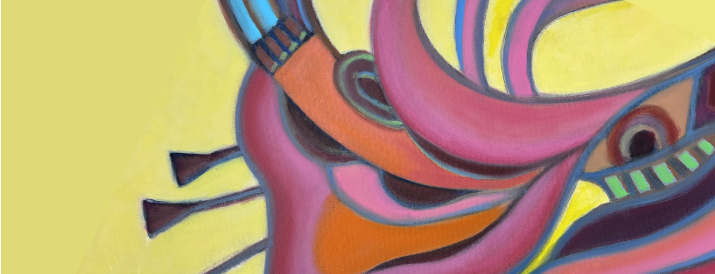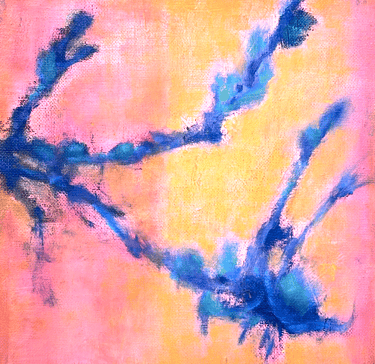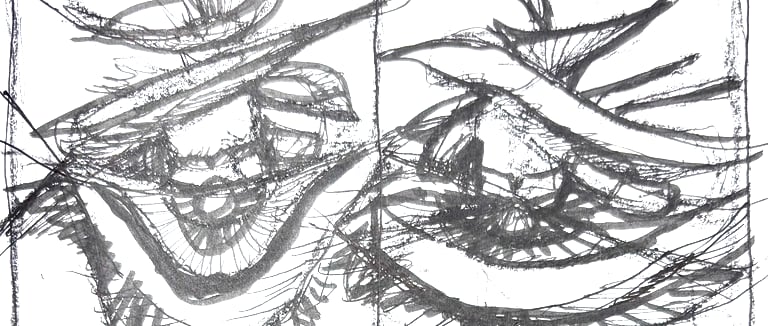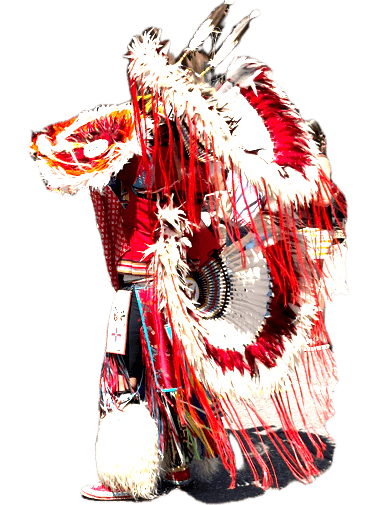Culture as Inspiration
As an artist shaped by both Eastern and Western traditions, I often draw inspiration from cultures I've lived in or feel connected to. Whether it’s the elegance of Chinese calligraphy or the ceremonial movement of Native American dancers in New Mexico, cultural elements naturally emerge in my work. But with that inspiration comes a responsibility—to approach with respect, not entitlement. In an increasingly global and diverse art world, honoring culture without appropriating it is not just ethical, it’s essential.
8/3/20252 min read


Cultural exchange can be beautiful, but it should never come at the cost of erasure, simplification, or exploitation. I believe artists must be mindful of the histories and lived realities behind the symbols, stories, and expressions they engage with—especially when working across cultural lines.
How I Engage Culture in My Work
Many cultural references in my paintings arise from personal experience—my upbringing in Hong Kong, my academic and professional journey through Canada, Germany, and the U.S., and my life today in New Mexico. These are not borrowed motifs from afar—they are lived and felt. I carry these layers with me in my work.
I don’t seek to replicate cultural imagery directly. Instead, I interpret what I experience: the rhythm of a dance, the flow of a garment, or the reverence in a ritual moment. Abstraction gives me the freedom to translate these impressions into color, motion, and form. My goal is to reflect what resonates emotionally and spiritually, not visually imitate something sacred.


"Chinese apple tree", 6"x6", oil, a culmination of eastern calligraphic expression, western color field mystic, and color-as-emotion language.


"Turkey Dancers", 4"x6", charcoal sketches for painting reference
The Turkey Dancer Series: An Example of Cultural Respect
The Native Dancer Series was inspired by witnessing a Native American dance at the Indian Market in Santa Fe. I was struck not just by the visual beauty—the feathers, the regalia, the movement—but by the spiritual energy that filled the space. I knew immediately that I wanted to respond to it through my painting, but I also knew I needed to tread with great care.
Rather than depict the dancers literally, I chose to interpret the energy and rhythm I felt in that moment. Through sweeping gestures, textured marks, and shifting colors, I try to express the spiritual presence and energy of the dance. It’s not about representing someone else’s story—it’s about how that experience moved me and opened something within me.
My Ongoing Approach to Respectful Creation
For me, creating with respect means staying curious, staying humble, and asking questions: Is this image mine to use? Am I contributing to deeper understanding—or reducing something complex to decoration? These are questions I ask myself constantly.
Respectful engagement also means doing the work—learning the context, understanding the significance, and knowing when to step back. I aim to create art that doesn't claim ownership over another culture, but instead offers a space for shared reflection and conversation. At its best, art can be a bridge—for connection and idea exchange.


Photo reference for Native Dancer
Location
Corrales, New Mexico USA 87048
